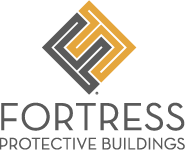How the Thermal Resistance of Concrete Improves Employee Safety
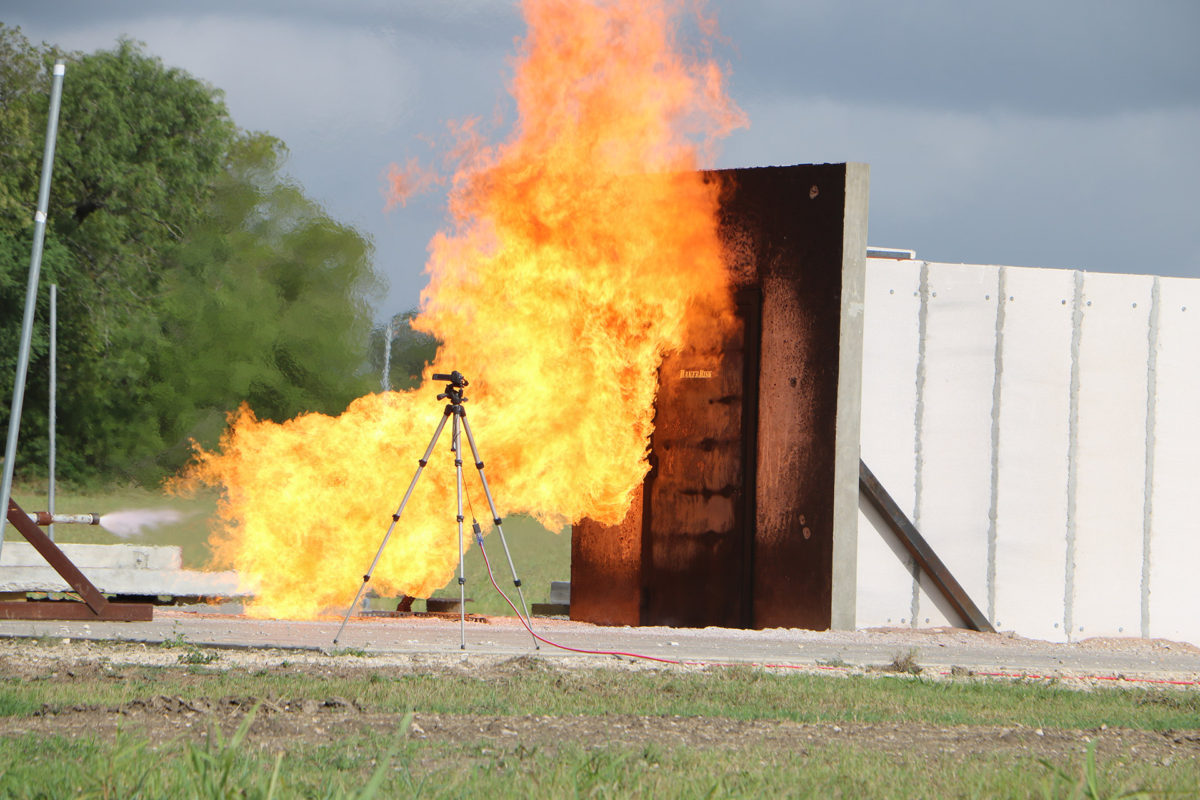
Why FORTRESS Protective Buildings rely on the thermal resistance of concrete to protect personnel
Protective buildings, including both permanent structures and temporary modules, must be constructed of durable materials that can protect occupants from multiple hazard types, including fire hazards, blast loads, and more.
While some common building materials may suffice for blast load protection or meet other building codes, many are not protective enough against jet fires or other thermal dangers.
To ensure that each FORTRESS Protective Building is adequately defensive against hazards associated with fires, BakerRisk has spent several decades testing structural components and full-scale buildings against potential industrial threats. This article will explore why protective building materials must be chosen carefully and why concrete’s thermal resistance makes it a good option for protection from fire exposures.
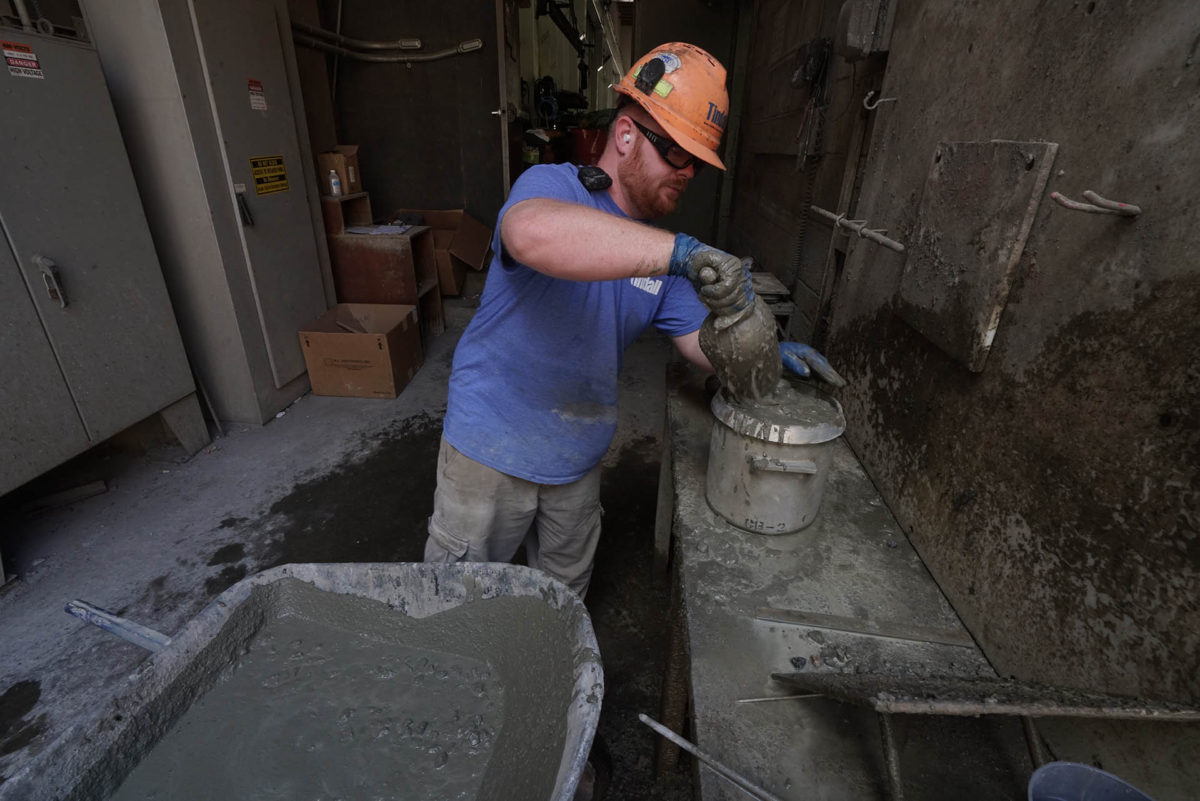
Considerations when choosing materials for protective buildings
Due to inherent physical or chemical attributes, some materials react differently under high heat exposure than others. This may make them better or worse choices for buildings that could be exposed to thermal hazards, such as jet fires (which may impact buildings close to process units or other major facility locations).
When choosing a material for a protective building that can stand against a jet fire or similar fire hazard, you must consider that:
- The building occupants must be able to remain in place safely until emergency responders arrive OR
- The building occupants must be able to escape to safety rapidly
Therefore, any suitable building material must be durable against an initial threat and retain its durability for a period of time long enough for emergency responders to arrive and provide safe evacuation.
Thermal resistance
A material’s thermal resistance determines how well it prevents heat from being transferred to its interior. If a material has low thermal resistance, building occupants may be placed at risk if the walls become too hot or if they ignite. Alternatively, incident operators or first responders (e.g., firefighters) may be unable to get inside to rescue those in danger.
Internal temperatures
Some materials, such as steel, transfer heat to a building’s internal air too quickly. In these circumstances, even if the building protects occupants from direct flames, it may still not be protective enough if the internal temperature raises too quickly for safety.
Toxic offgas hazards
Additionally, fire hazards could cause protective building materials to “offgas,” a process during which they release hazardous chemicals into the air. Such chemicals may be hazardous to building occupants, particularly if they are forced to remain inside the building until the fire is put out. Toxic offgas is a common combustion product of many thermally resistant materials applied to reduce heat transfer of materials without natural heat resistant properties.
Building material reactions to extreme heat
To better understand how building materials behave under extreme heat hazards and other situations, BakerRisk regularly conducts tests to evaluate their performance under heat exposure. Full-scale examples of protective building walls are constructed, then exposed to high amounts of heat, such as simulated industrial jet fires.
Below is a selection of typical wall materials:
- Figure A – Typical ISO container wall with paint-steel-paint layers
- Figure B – Standard blast resistant module (BRM) wall with layered materials
- Figure C – FORTRESS precast concrete wall section
Standard ISO container wall tests
BakerRisk tested the wall, roof, and floor of an unmodified ISO container (i.e. a standard shipping container), which were composed of a simple paint-steel-paint layered design. The ISO container wall was exposed to jet fire to the following results:
- The interior layer of paint burned and the offgas filled the container space with toxic fumes in seconds
- The steel layer began to glow red – steel typically only reaches this point at 950°F, meaning the steel is losing structural integrity and any materials touching the steel or positioned close to it would likely also heat up in a real-world hazard scenario
Both of these results indicate the unsuitability of plain steel walls or other surfaces when protecting personnel against thermal hazards, such as industrial jet fires.
BRM (blast resistant module) layered wall tests
BakerRisk also tested standard blast resistant module walls against high heat hazards, such as jet fires (see Figure B). Many BRM manufacturers construct their walls with several insulating materials in layers. These may include module paint, steel, fiberglass, wood, fiber reinforced plastic, and more.
While the materials used here may meet the building codes needed to defend against conventional hazards, they often do not provide adequate protection against jet fires and other possible hazards in industrial settings, including thermal, toxic, blast, and fragment hazards.
BakerRisk’s tests yielded the following results:
- The outer layer, comprised of a paint-steel-paint layer setup, reacted similarly to the above ISO container wall test, and the steel heated up quickly and glowed red
- Other material layers in the BRM walls were vulnerable to offgassing and in some cases igniting
Offgassing is a serious hazard that must be accounted for when choosing protective building materials. Many building materials, if exposed to high heat, release toxic chemicals such as nitrous oxide (N20), carbon monoxide (CO), hydrogen cyanide (HCN), and other organic vapors into contained spaces.
This could be especially dangerous to personnel who are not able to evacuate a protective building in the event of a fire or another accident.
For instance, fiber reinforced plastic (one of the most common layers for BRM walls) self-ignites at 625°F. Another material, polyisocyanite insulation, self-ignites at between 800° and 925°F: temperatures that are easily exceeded when exposed to jet fires.
These tests reinforce the value of using concrete for protective buildings, including FORTRESSES.
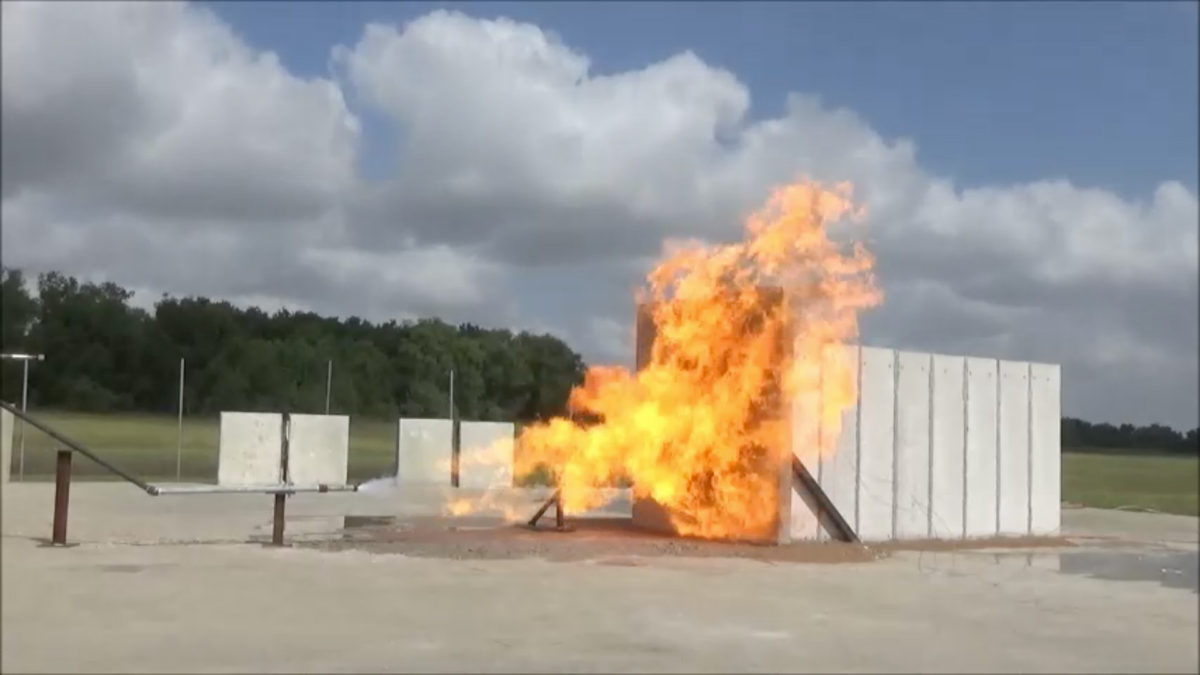
Heat resistance of concrete
Concrete is one of the best building materials for protecting personnel against fire or other high heat hazards due to its thermal properties thanks to its resistance to conductive heat flow. In fact, concrete is often used as fireproofing material to protect critical steel infrastructure in facilities.
Precast concrete, such as the concrete used for FORTRESS Protective Buildings, has a high thermal mass that results in heat storage and less aggressive air temperature swings within the building due to external climate influences.
In addition to potential energy savings, this high thermal resistance means concrete performs very well when used as a protective building material, offering benefits including:
- Superior fire protection for industrial site personnel against jet fires and thermal hazards
- Negligible chance of offgassing/toxic chemical inhalation by building occupants
- Improved internal air temperature regulation
- Improved access for firefighters or other emergency responders
Testing for thermal load and jet fire resistance
As with other building materials, BakerRisk tested FORTRESS precast concrete buildings against a variety of hazards, including jet fires. In one such sample test, a FORTRESS blast resistant building was exposed to saturated propane jet fires for one hour. The test produced the following results:
- The protective building’s interior air quality was normal, with negligible smoke or toxic offgassing
- The building air temperature did increase, but only up to 110°F, which is hot but tolerable in emergencies
While it doesn’t look pretty , due to the building’s outer walls displaying some concrete spalling, the concrete wall did not lose structural integrity. Furthermore, the concrete could easily be reskimmed with more concrete after an incident while maintaining unctional.
In this way, a precast concrete building exposed to fire hazards may be reusable after an emergency event. This is not the case for steel buildings, as heat, smoke, and offgassing damage are likely to also destroy internal building components and/or render steel walls themselves irreparable.
BakerRisk’s tests conclusively show that concrete is a better choice for protective building material when considering jet fires or other thermal hazards.
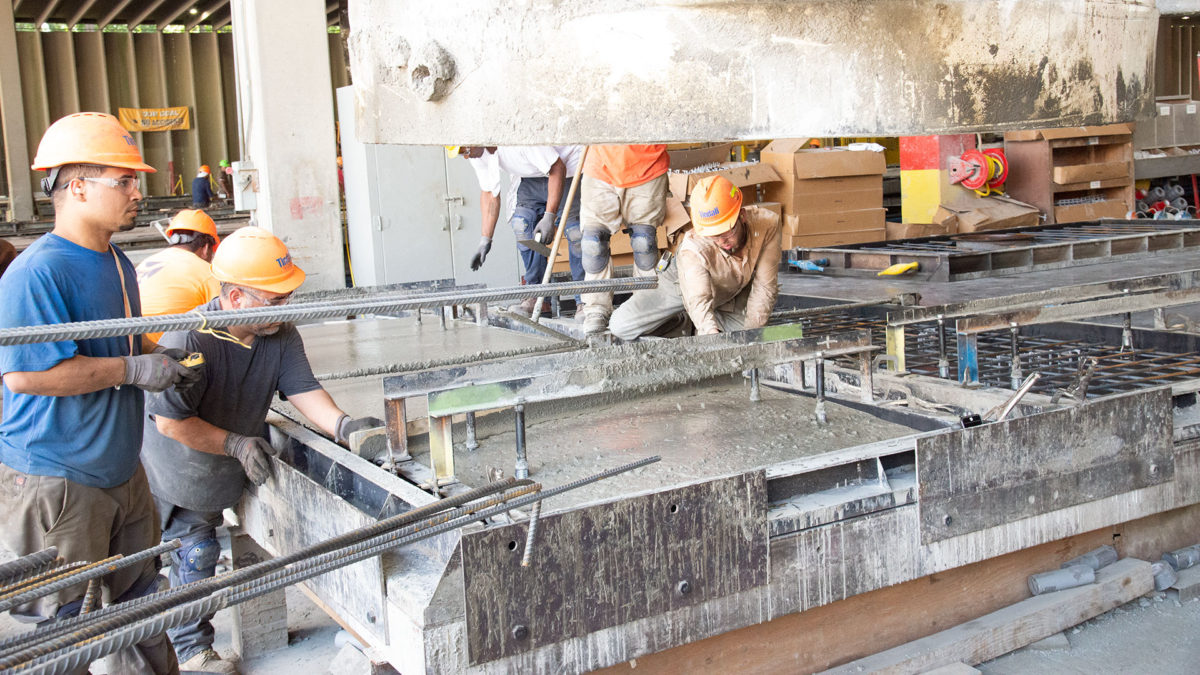
FORTRESS protective buildings use precast concrete
Based on these test results, each FORTRESS Protective Building is constructed primarily of reinforced precast concrete. We use precast concrete so that each structure may be assembled more quickly as compared to casting concrete on-site at a client’s facility. For a normal size operator building, the modules that make up a FORTRESS Protective Building are assembled in days.
Additionally, every Protective Building offers flexibility to meet your organization’s unique needs. Each patented module may be designed using modifiable floorplans, allowing for interior customization and maximum productivity/comfort for occupants.
When you need to maximize site personnel safety, you need a FORTRESS. Contact us today for more information and to schedule a tour of a FORTRESS Protective Building where you can see the test specimens and video footage.

